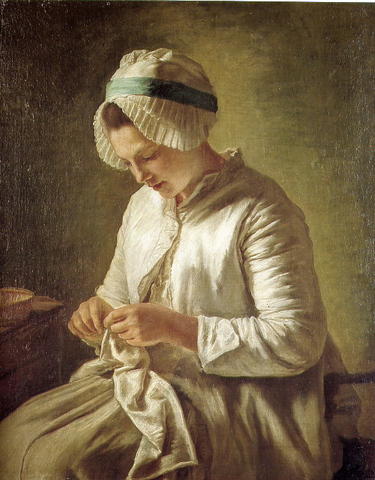Some of the major points of life at that time were:
- women were nurtures
- the men took care of the women
- the men were also considered superior while the women were inferior
- the jobs of women consisted of:
- needlework
- sketching
- flower arranging
- could not sign contracts
- could not gain custody of children if divorced (made legal in 1857)
- 80% of the population was working class
- to be considered middle class you had to have a servant and it was very important to be considered middle class |
| Henrik Ibsen |
A Doll's House is about a woman named Nora that is married to Torvald (a.k.a Helmer) in the eighteenth century. Nora is seemingly really happy and content with her life. However, as the story continues we (the readers) notice that maybe not all is as it seems in the Helmer household. We see many things that begin to bother us and we find the main conflict in the story. Because of this conflict the whole story falls apart, causing a complete change in the life of Nora.

No comments:
Post a Comment